Operational Tenets Of Generals Heinz Guderian And George S. Patton, Jr
Nonfiction, History, Germany, European General, Military, United States| Author: | Major George A. Higgins | ISBN: | 9781782893165 |
| Publisher: | Lucknow Books | Publication: | August 15, 2014 |
| Imprint: | Lucknow Books | Language: | English |
| Author: | Major George A. Higgins |
| ISBN: | 9781782893165 |
| Publisher: | Lucknow Books |
| Publication: | August 15, 2014 |
| Imprint: | Lucknow Books |
| Language: | English |
This study is an historical analysis of the operational methods of two men who commanded large military formations with great success during World War II: Colonel-General Heinz W. Guderian of the German Army; and General George S. Patton, Jr. of the American Army. The focus of the study is on each man’s conduct of operational art, the connecting link between tactics and strategy. The study analyzes the writings and campaigns of Guderian and Patton and attempts to identify the tenets or principles by which each man guided his conduct of Operational art. The study then compares the tenets each man applied in his conduct of warfare to discover whether there were any principles common to their operational methods. Finally, the study suggests what implications common tenets at the operational level of war might have for Airland Battle Doctrine.
The study concludes that Guderian and Patton shared six common tenets in their conduct of operational art and suggests that the American Army’s current organizations at the division and corps levels may not be suitable to conduct the sort of agile operations that will be required on a future battlefield. As well, we must ensure that doctrinal foundations for joint operations involving air and ground forces-as a minimum-are in place before war breaks out. It also suggests that we need to get together with our European Allies and adopt a common doctrinal approach to warfighting in Western Europe, one that supports a common theater strategy. Finally, the study concludes that the American Army should continue to study the history of warfare and learn its lessons.
This study is an historical analysis of the operational methods of two men who commanded large military formations with great success during World War II: Colonel-General Heinz W. Guderian of the German Army; and General George S. Patton, Jr. of the American Army. The focus of the study is on each man’s conduct of operational art, the connecting link between tactics and strategy. The study analyzes the writings and campaigns of Guderian and Patton and attempts to identify the tenets or principles by which each man guided his conduct of Operational art. The study then compares the tenets each man applied in his conduct of warfare to discover whether there were any principles common to their operational methods. Finally, the study suggests what implications common tenets at the operational level of war might have for Airland Battle Doctrine.
The study concludes that Guderian and Patton shared six common tenets in their conduct of operational art and suggests that the American Army’s current organizations at the division and corps levels may not be suitable to conduct the sort of agile operations that will be required on a future battlefield. As well, we must ensure that doctrinal foundations for joint operations involving air and ground forces-as a minimum-are in place before war breaks out. It also suggests that we need to get together with our European Allies and adopt a common doctrinal approach to warfighting in Western Europe, one that supports a common theater strategy. Finally, the study concludes that the American Army should continue to study the history of warfare and learn its lessons.
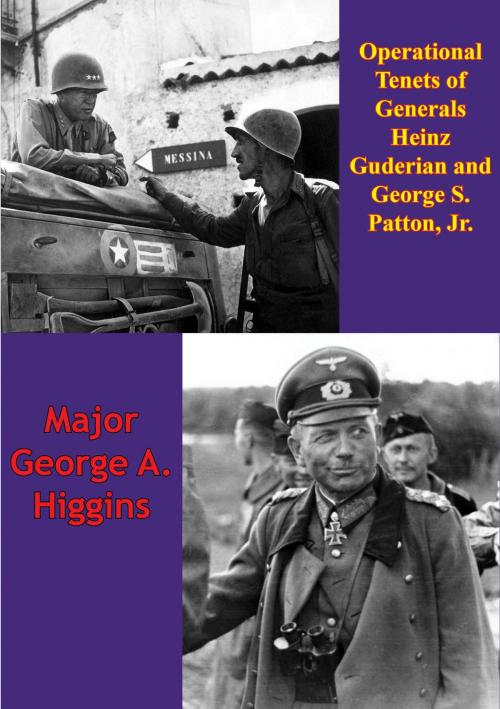

![Cover of the book One-Man Airforce [Illustrated Edition] by Major George A. Higgins](https://www.kuoky.com/images/2014/august/300x300/9781782894483-aGMI_300x.jpg)




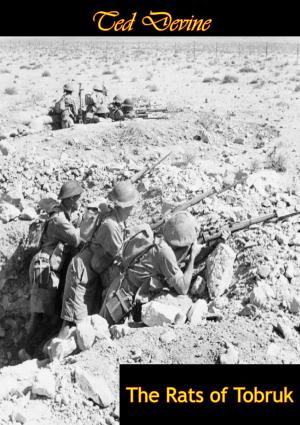


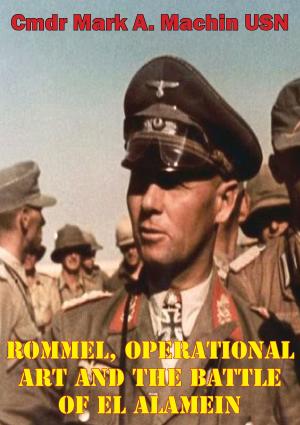

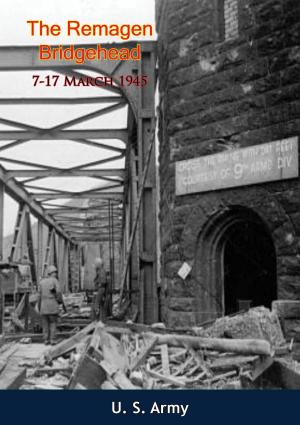

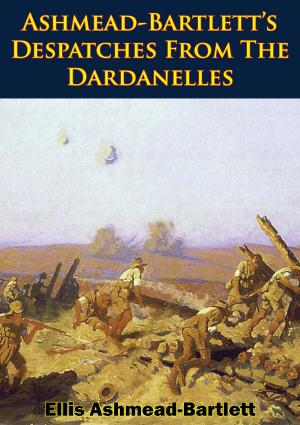
![Cover of the book 4th Armored Division In The Encirclement Of Nancy [Illustrated Edition] by Major George A. Higgins](https://www.kuoky.com/images/2014/august/300x300/9781782893868-4xCN_300x.jpg)